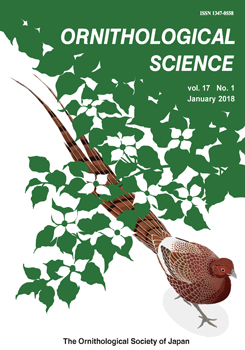The populations of many waterbird species along the East Asian-Australasian Flyway (EAAF) are declining, mainly due to the loss of natural wetland. Meanwhile, artificial wetlands, such as aquaculture ponds, saltpans and rice paddies, have increased in area. Artificial wetlands typically host fewer species and fewer individuals of waterbirds compared to natural ones, thus the conservation importance of artificial wetlands in general appears secondary. However, over large areas of densely populated East and Southeast Asia, few coastal lands above the high tide line remain natural. Waterbirds may utilize the natural intertidal zone at low tide, but are forced to feed or roost in artificial environments when tidal flats are submerged. In such landscapes, coastal artificial wetlands are not only supplementary or alternative to natural ones, but provide crucial habitats for waterbirds at high tide.
To investigate the use of artificial wetlands by waterbirds in such a landscape, we studied supratidal waterbird communities in Changhua, Taiwan, an important stop over and wintering site on the East Asian-Australasian Flyway. We found very high species richness and abundance of waterbirds in the area compared to other studies conducted in artificial wetlands. This might have been partly due to the fact that we censused waterbirds at high tide, when artificial wetlands were the only habitat available. Waterbird abundance and species richness were higher at sites with intensive clam aquaculture and less fragmentation, reflecting the preference of shorebirds. Despite the fact that past transformation of natural coastal wetlands into artificial ones has had negative impacts on waterbirds, these artificial wetlands nowadays may provide exclusive supratidal habitats for waterbirds in many regions. Suitable artificial supratidal habitats for waterbirds need to be managed along with natural tidal flats as part of the same system.





